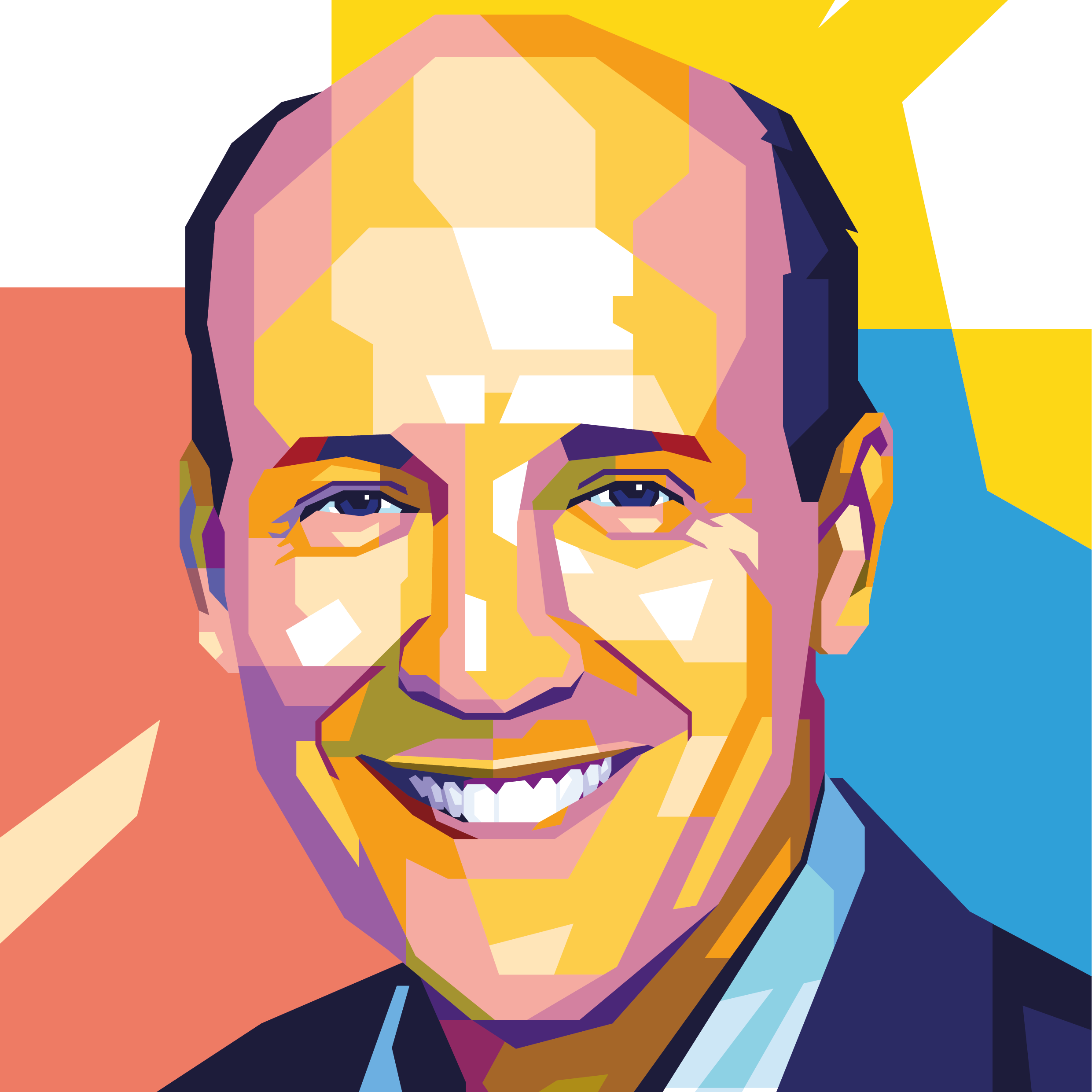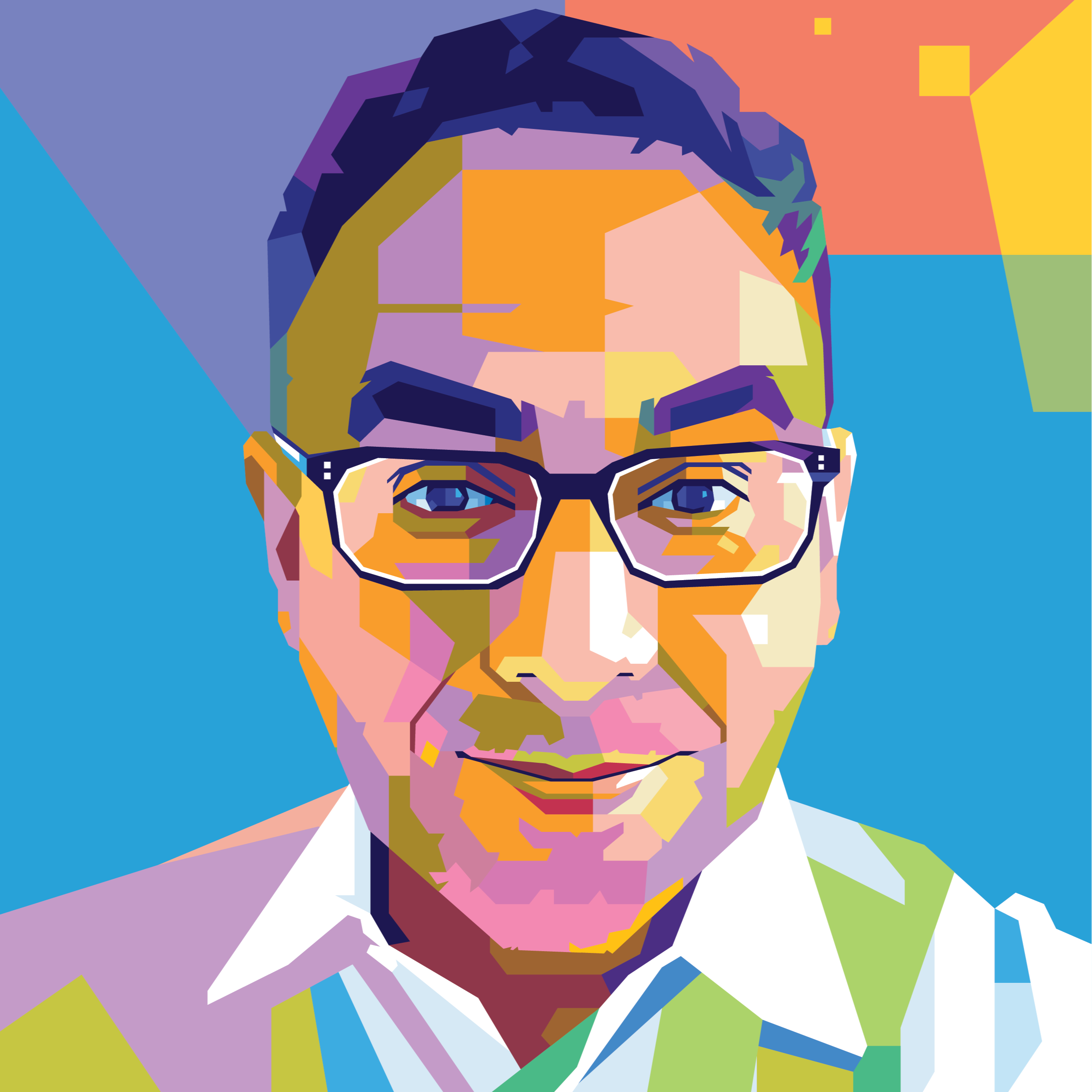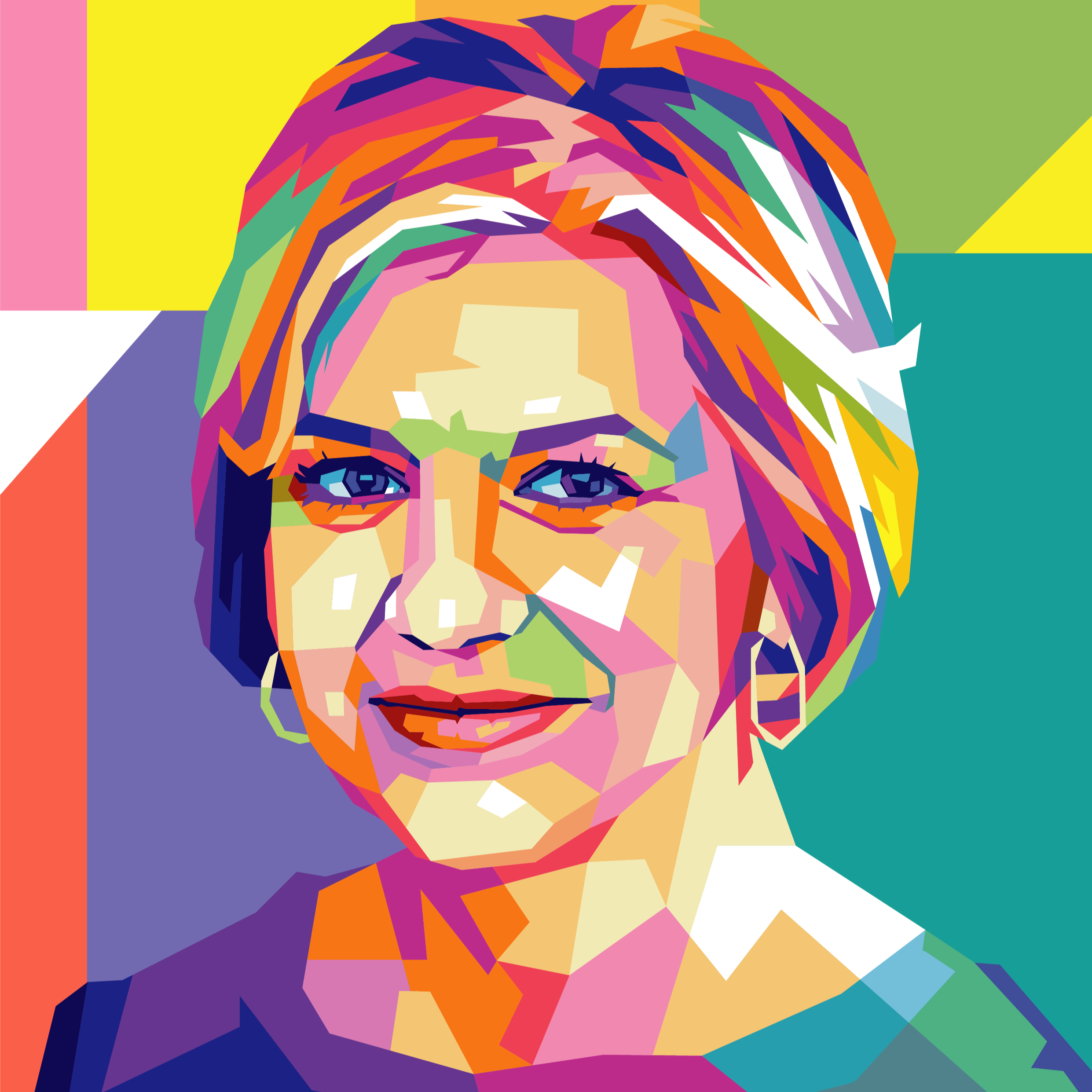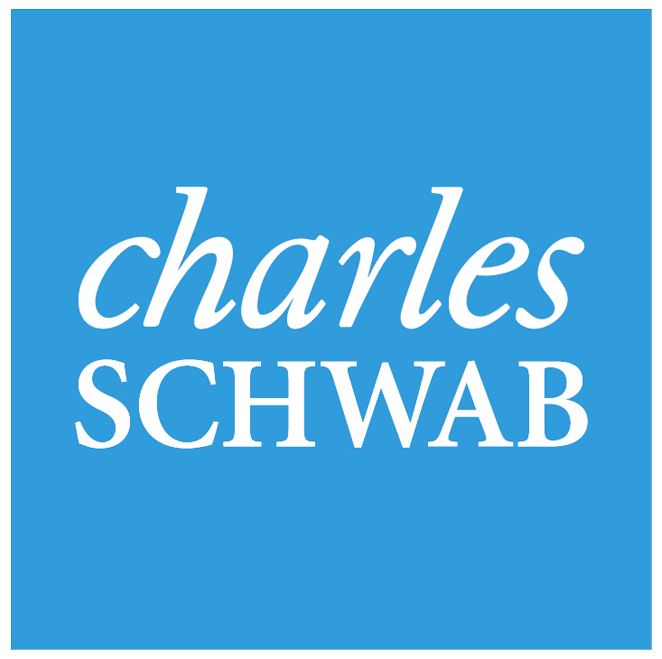Why should financial advisors consider doing a podcast?
First and foremost, it’s a great way to reach a target market of prospective clients, using a medium that forges a uniquely intimate connection with the listener and is relatively inexpensive.
“A podcast is a remarkably effective medium for starting and building relationships,” says Michael Kitces, co-founder of the XY Planning Network and publisher of the Kitces Report. It’s unique because it’s so intimate. The audience is likely listening to you while doing something they enjoy, and they feel like they get to know you as a person.”
For Tim Regan, founder of Prairie View Wealth Partners, recognition and credibility have been the primary benefits of the bi-monthly “Retirement Readiness” podcast the firm has been doing for the past two years.
“People get to know you before they even pick up the phone,” Regan says. “If an existing client recommends you to someone, that person can check you out on the podcast, so they already have a sense of who you are before you meet them in person.”
Podcasts have also helped John Walker, regional vice president for Mercer Advisors in Havertown, Pennsylvania, fortify client retention.
“It’s been a wonderful way to communicate with clients without having meetings,” says Walker, whose “Your Life, Your Wealth” podcast has been on for six years. “Clients hear your voice, your message and your perspective. They feel connected without sapping the advisor’s time.”
What about return on investment?
Some advisors view podcasting as a brand-building component of their marketing budget, while others use podcasts explicitly for lead generation.
Benjamin Brandt, for example, only accepts regular listeners of his “Retirement Starts Today” podcast as new clients.
“They’re going to be qualified prospects,” Brandt says. “They already know us. If someone hears a podcast and doesn’t like it, they won’t call, which is fine. If they like what they hear, they can usually finish my sentences, so we’re on the same page.”
Not only are unqualified leads filtered out, Brandt adds, but onboarding new clients is also easier because they’re already familiar with the firm’s strategies and don’t need as much initial prep work.
Based in Carmel, Indiana, Adam Cmejla’s Integrated Planning & Wealth Management firm only works with optometrists. His podcast, “20/20 Money,” only discusses topics of interest to that market and is, Cmejla says, “the number one driver of new relationships.”
However, Walker cautions that podcasts can take several years to attract new clients. “We see podcasts more as a way to build our brand and let people know how we think and work,” he says. Podcasts don’t generate immediate results. It could be two years before someone reaches out.”
Sidney Snyder, digital media manager for Three Crowns, an Omaha-based marketing firm, agrees, comparing podcasting to the “drip/nurture” strategy commonly used for email marketing.
“You want to get in front of prospects and then send them content that will interest and engage them over time without bombarding them,” Snyder explains. “Podcasting is playing a long game.”
But it can ultimately pay off handsomely, according to Kitces, a podcaster himself.
Preliminary analysis of a survey done by Kitces Research on Advisor Marketing, set to be released later this year, shows “improving results for attracting clients” as advisor use of podcasting proliferates.
The “marketing efficiency ratio” for podcasts appears to be very favorable, Kitces says.
“For every dollar you spend [on podcasting], you’re getting almost a dollar back in new revenue,” he says. “Considering the average client sticks around for around 20 years, getting an additional dollar in revenue for 20 years on the dollar you spent initially is really great return.”
How can advisors get started?
Advisors who are experienced podcasters say colleagues who are considering jumping in need to define their audience and be able to provide it with specialized content; find out if they enjoy podcasting and, if so, commit to the process and produce shows consistently.
“You need to get in front of an ideal client, get clear on who they are and find out what they care about,” says Kitces. Finding a niche is critical, says Brandt, who focuses strictly on retirement issues. “You have to create content that says ‘Here’s why I’m different,’” he explains. “Drill down. You want to be a half-mile wide and ten miles deep.”
Advisors have to honestly assess whether they like talking for long stretches, either delivering a monologue or having a conversation with a guest, says Cmejla.
“Find out if you actually like doing it,” he says. “Get behind the microphone and hit record. Don’t worry about equipment, production or editing; just record. Get 10 or 12 episodes in the queue, then decide if it’s for you. If you’re not ready to do episode 100, don’t release episode one.”
Content
It has to be good, specific to your target market, and you need to be the expert. Over two million podcasts are being produced, including hundreds by financial advisors. You need to stand out.
Don’t talk about a general, evergreen financial planning topic like the pros and cons of a Roth IRA. For example, if you’re targeting pharmacists, they’re much more likely to be interested in the details of restricted stock vesting in CVS’ benefits package.
The most common mistake beginners make is trying to be the next Joe Rogan, says Cmejla. Instead, advisors should narrow their lens. “The narrower I took my ideal listener avatar,” he explains, “the easier content creation became.”
When creating content, start with your current clients. What are they asking you about? What are their pain points? Survey them and review notes from client meetings. Google searches, industry journals, conferences and topics that recur on social media are good sources for material and guests.
Presentation
Above all, you need to be comfortable and then find a balance between being casual, conversational and authoritative.
A podcast is like meeting someone at a party who shows an interest in your area of expertise. The conversation should be friendly and informative, not a hard-core sales pitch. If the person you’ve met is considering becoming a client, they know where to find you.
“We intentionally try not to be sales-y,” says Walker. “If it’s evident to the listener you’re trying to get something from them, it doesn’t land well.”
One way Walker avoids coming off as a salesman is by not using the word “client” on the podcast, instead saying “people we work with.”
Regan co-hosts “Retirement Readiness” with his sister and strives to give the podcast the feel of a family conversation. “Be authentic and have fun,” he says. “If you do, it will be contagious and attract like-minded people.”
Production and equipment
You can either produce the podcast yourself, use an in-house or independent producer or hire a third-party marketing/production firm.
DIY isn’t optimal, but it is sufficient to get started. Regan said he began doing his podcast with a tripod and an iPhone. “Cost can be nearly free if you do everything yourself,” says Brandt.
The next step is to invest in basic equipment in addition to your computer: a good microphone, headphones, a mini recording deck, an audio processor, editing software, a USB connector, a SIM card and a Zoom subscription to connect with and record guests.
Costs vary but shouldn’t be more than several thousand dollars initially. “Money isn’t the issue,” says Brandt. “Barrier to entry for podcasting is low and getting lower.”
However, once a podcast is up and running and has quality professional production, advisors can expect to pay around $11,000 a year or more.
Cmejla hires an independent contractor and records “20/20 Vision” in batches around eight times a year using Riverside.FM, an online studio. His producer for the podcast, which is released weekly, is his “number one accountability partner” and handles all recording, editing and post-production work.
Regan rents a soundproof space to record and uses Three Crowns to handle production and marketing. Three Crowns charges firms a $3,500 fee to get started and work on content, coaching, best practices and studio set-up, says Sidney. The ongoing monthly fee includes production, show notes, blogging and marketing and varies depending on the level of service.
Editing the raw podcasting audio is critical. Adobe Audition, a monthly subscription software, is popular, but free online editing software options are also available.
Editing includes trimming content when necessary, ensuring continuity, and, most importantly, “reviewing literally every syllable of the spoken content for a smooth and completely clean presentation,” says Ed Palladino, the independent producer-engineer for “Your Life, Your Wealth.” “It is not uncommon for me to make 200 to 300 edits in a 30-minute podcast.”
Distribution
Hosting platforms such as Storyboard, SoundCloud, Libsyn, Castos and Buzzsprout provide storage and distribution services for podcast audio files.
Once the podcast RSS feed is created and approved, it can be uploaded on major podcast distribution networks including Spotify, Apple Podcasts, Stitcher, Google Podcasts, Pandora, Amazon Music/Audible and iHeartRadio.
Promotion
Start with your website, newsletters and blog posts. Post a description of the podcast and links on social media. Find like-minded cohorts. Brandt, for example, is part of the Retirement Podcast Network. Mention similar podcasts, experts, blogs and newsletters in your show notes, and they will likely mention your podcast to their readers or listeners.
You can also pay for advertising and buy email lists, but most advisors with successful podcasts find they don’t have to. Algorithms and word of mouth work best.
Metrics
Numero uno: How many prospects come to your firm after listening to the podcast?
The number of times the podcast is downloaded is a primary indicator of listener interest. Average listening time, the number of comments, shares and reviews measure listener engagement. Social media mentions and subscription growth are also valuable metrics.
If you're directing listeners to a website or prompting them to perform a specific action, tracking conversions is crucial to measuring the effectiveness of those calls to action.
Remember that it’s a long game: “If you want new clients by the end of the year,” warns Brandt, “don’t do a podcast.” But if you’re willing to produce quality podcasts consistently year after year, says Cmejla, “the lifetime value of the clients you will acquire is high.”
This blog is sponsored by AdvisorEngine Inc. The information, data and opinions in this commentary are as of the publication date, unless otherwise noted, and subject to change. This material is provided for informational purposes only and should not be considered a recommendation to use AdvisorEngine or deemed to be a specific offer to sell or provide, or a specific invitation to apply for, any financial product, instrument or service that may be mentioned. Information does not constitute a recommendation of any investment strategy, is not intended as investment advice and does not take into account all the circumstances of each investor. Opinions and forecasts discussed are those of the author, do not necessarily reflect the views of AdvisorEngine and are subject to change without notice. AdvisorEngine makes no representations as to the accuracy, completeness and validity of any statements made and will not be liable for any errors, omissions or representations. As a technology company, AdvisorEngine provides access to award-winning tools and will be compensated for providing such access. AdvisorEngine does not provide broker-dealer, custodian, investment advice or related investment services.






